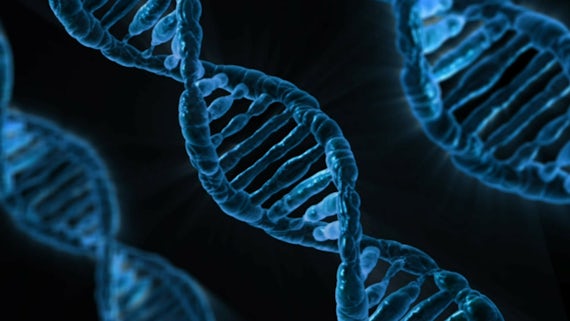Genetics: Similar targets, different solutions separate the sheep from the goats
7 Mawrth 2018

Sheep and goats share a number of similar genetic targets involved in domestication but exhibit different patterns of selection to achieve similar characteristics, according to a genomic analysis of their wild relatives.
Different domestic animals have been selectively bred for specific traits – such as tameness, rapid growth, or stamina.
The wild ancestors of sheep and goats, the Asiatic mouflon (Ovis orientalis) and the Bezoar ibex (Capra aegagrus) respectively, were domesticated approximately 10.5 thousand years ago in the Middle East - specifically in south-eastern Anatolia and the Zagros Mountains in Iran, providing a unique opportunity to explore the evidence for signatures of domestication.
Francois Pompanon and colleagues, including Professor Mike Bruford and Dr Pablo Orozco-terWengel of Cardiff University’s Sustainable Places Research Institute, sequenced and analysed the genomes of wild Asiatic mouflon and Bezoar ibex and compared their genomes with those of domestic sheep and goats.
Out of the 90 genomic regions the authors found showing signs of selection from wild to domestic populations, 20 are common to both the Asiatic mouflon and Bezoar Ibex, but have patterns of selection that vary between the species.
This suggests that while there are common genetic targets for domestication, different solutions have been used by goats and sheep to reach similar end-points for certain characteristics.
Professor Mike Bruford said: "We were surprised to find that there are 20 genomic regions that show parallel domestication processes in sheep and goats and that these include genes linked to behaviour, immunity and production.
“This has led us to believe that 'domestication syndrome' (involving the loss of traits needed to survive in the wild and accumulation of traits needed to survive in captivity and farming) can be detected in the genomes of domesticated species.
“Wild relatives of domestic species have been identified by the Convention on Biological Diversity as potentially important for future improvement options for farmed livestock, so understanding the key differences between wild and domestic could be key to their rational use in future breeding."
The paper, 'Convergent genomic signatures of domestication in sheep and goats', is published online in Nature Communications.
